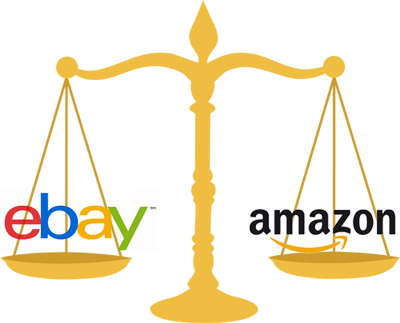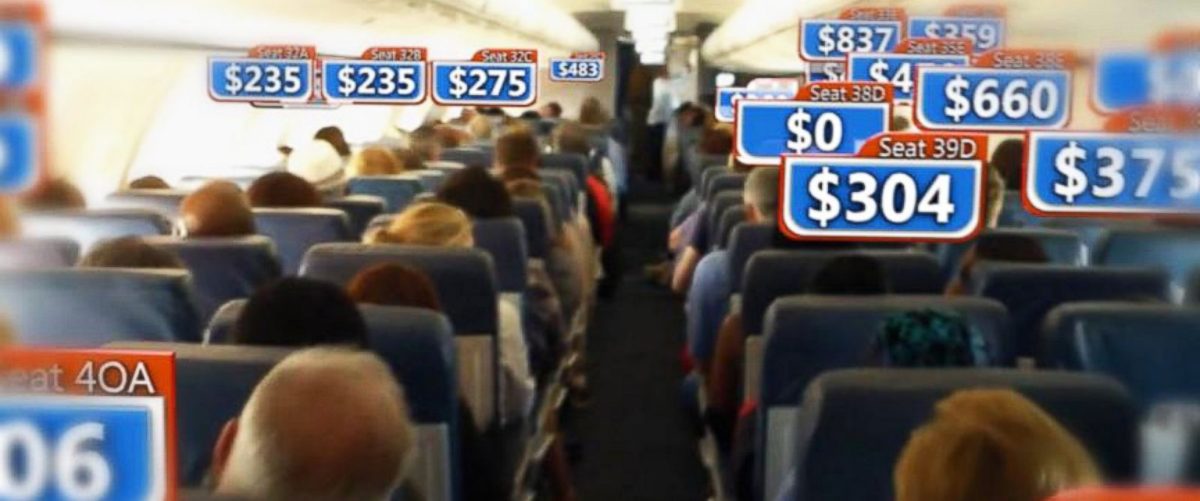The consumer electronic market is changing quickly. Companies, like CoolBlue and MediaMarkt, are forcing local players out of the market. In this Digital Transformation Report we will take a closer look to one of these local players, namely PC Maasland.
PC Maasland business consists of selling different kind of computer related products and offering additional services (Derksen, 2016). As PC Maasland sells products, it only attracts individuals and sometimes companies, which are geographically located nearby. This is a consequence of the fact that PC Maasland performs well against local but not against global competitors, where some other sales companies are far more known and benefit from their brand awareness. Providing IT service helps the company to differentiate itself from competitors. This way, the company attracts another type of customer.
Nowadays selling products through the Internet is becoming a necessity, but is no more a sufficient reason to survival of the company. An advantage of Internet from the viewpoint of the customers is a disadvantage from the viewpoint of PC Maasland, which is price comparison. Because PC Maasland cannot afford to offer the same (low) prices as some big companies in the same sector, they might lose their customers. So in order retain current customers and to attract new ones, a new technology is needed to help the company to differentiate itself from local as well as from global competitors.
To overcome the challenge presented in the previous section, PC Maasland should take another approach regarding the sale of computers. Therefore, we suggest PC Maasland to offer a leasing option for both type of customer: individuals and companies. This will provide the possibility to retain current customers, to attract new customers and to gain market share. Some companies already offer a leasing system of computers, but it is still a market that has not been very developed. Furthermore, by investing in such a technology PC Maasland could overcome competitors.
The technological solution that we propose is thus the leasing of computers, which would take the same form as the one for the cars. Leasing prices should be different regarding a purchase option and regarding the duration of the leasing contract. A first motive for PC Maasland to launch offering leasing is the fact that they could offer bundles. This allows them to offer, in addition to their leasing offer, some additional services such as home/company delivery, installation of the computer, advice, maintenance and assistance. Bundling provides several potential advantages to the seller, including reduced production costs, reduced transaction costs, complementarities among bundle components and increased profits. Furthermore, there are also some advantages for customer for which bundling can appeal, because of its potential to reduce search, transaction and installation costs. A second motive for PC Maasland to shift from the traditional sales to a leasing system, is to potentially attract more customers, especially business customers. This is a consequence of the fact that leasing would be more interesting than buying a new computer from the viewpoint of the customer.
Source:
Derksen, F. (2016, September 20). Interview Derksen PC Maasland.
Link video: https://www.youtube.com/watch?v=0SpBrfr-BrI
Group 90:
David Wiegel – 372473
Mathieu Romers – 461113
Ewoud de Ronde – 355536
Michael Aarts – 373714




